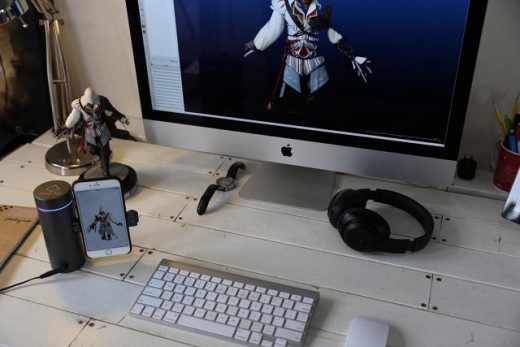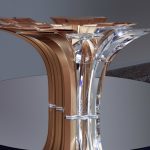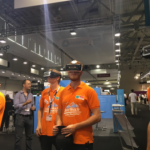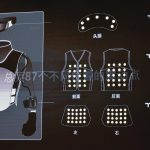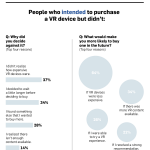The Eora 3D Is The lacking Piece Of Your famous person Trek Replicator
This aluminum cylinder uses your smartphone and a inexperienced laser to digitize physical objects for VR and three-D printing.
October 22, 2015
thanks to companies like MakerBot and FormLabs, consumer three-D printing has taken off in an enormous method. however while everyone dreams of owning a superstar Trek replicator, there is a major piece of tech missing from the equation: a client 3-D scanner, in a position to cheaply and effectively digitizing physical objects to be dispensed over the internet and recreated in the home. which is about to change, on the other hand. Eora 3D is a brand new scanner that makes use of your smartphone to create 3-D fashions of the rest you put in entrance of it, while matching the quality of industrial 3-d scanners that value one hundred times as a lot.
ahead of the Eora 3D even existed, the guys at Eora 3D had an issue. Mechanical engineers with the aid of heritage, Rahul Koduri, Asfand Khan, and rich Boers had been seeking to design a device that might reflect the solar’s rays into a formidable single point, with the intent of generating electricity. so that they designed a parabolic dish, after which despatched it off to Singapore to be manufactured. When it got here back, the dish failed to work.
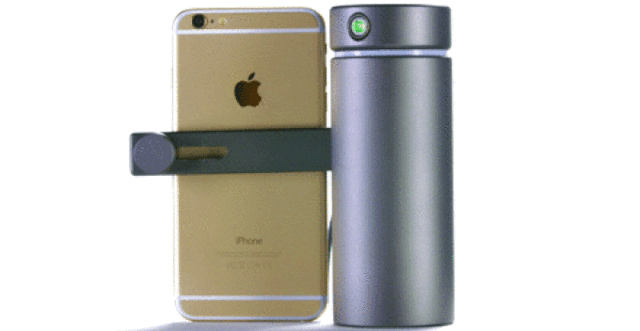
“That left two options: both the parabolic dish hadn’t been manufactured properly, or our device was fallacious,” says Eora 3D’s head of execution and technique, wealthy Boers. There was only one instrument available in the market that could inform them what had came about: a 3D scanner. however when Boers and his companions, Asfand Khan and Rahul Koduri, went to check out to purchase a three-D scanner, they acquired decal stunned: it could price their tiny startup $20,000 to buy the three-D scanner they needed to diagnose the issue.
As engineers, Koduri, Khan, and Boers made up our minds to try to cobble a 3-d scanner together, the usage of random components, their smartphones, and a few open-supply libraries. The trio have been stunned when their Frankenstein prototype produced outcomes pretty as regards to what a $20,000 3-d scanner were going to do, allowing them to diagnose the issue with the parabolic dish. (Singapore had screwed up.)
“We requested ourselves: what would occur if we tried to design a 3-D scanner correctly?” says Khan.
The Eora 3D is the result. don’t confuse what the Eora 3D does to one thing like iPad-hooked up scanner though. The latter is a low-fi, digital camera-primarily based scanner, good for augmented truth and movement monitoring, but little else. The Eora 3D is much more sophisticated.
A graceful cylinder of anodized aluminum, topped by means of a cycloptic green eye, the Eora 3D works with the aid of bouncing a highly correct laser off the skin of an object, while your smartphone measures the way in which the beam refracts. collectively, this approach can capture a digital model of a bodily object exact down to one hundred microns, or concerning the measurement of a grain of sand. An not obligatory, Bluetooth-controlled turntable rotates the item for you while the Eora 3D scans, nevertheless it’s now not mandatory: you could also just move the Eora 3D around the object you’re trying to scan, a process Khan describes as being similar to taking a panorama.
however how can a sub-$300 3D scanner like the Eora 3D possibly stack as much as a $20,000 scanner? “In the identical approach 3D printing has existed for decades but has most effective grow to be a shopper challenge in the last few years, 3-D scanning has been around for some time, but there may be been no focal point on the mass market,” explains Khan. “the companies making them relied on a number of legacy parts to focus on a low-quantity, excessive-margin trade model. We decided to head the other way.”
quite a few those “legacy elements” were things like dedicated computers and industrial cameras, but in the previous few years, smartphones have turn into powerful enough to do all of the photography and processing wanted for 3-d scanning with out devoted tools. This allowed Eora 3D to put all of their cash and focal point on device and that green laser—the one piece of hardware your iPhone doesn’t have.
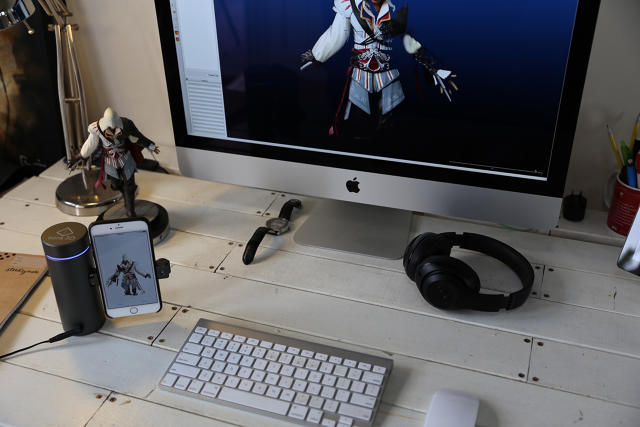
three-D printers have an obvious celebrity Trek attract: the power to replicate physical objects on demand. however is 3-D scanning actually prepared for the mainstream? Khan thinks so. except you might have technical talents, developing a brand new design for three-D printing is a worldly course of that requires the mastery of some pretty hardcore instrument. An affordable, shopper 3-D scanner opens the door for making 3-d printed objects as simple to duplicate as placing them in front of your smartphone; growing new designs as intuitive as removing some clay and scanning the results. And Eora 3D says that it is no longer just makers who’re considering their device. they’ve been getting a lot of pastime from museums who want to digitize their collections. VR is taking off in an incredible way at this time, and lots of museums are eager about digitizing their collections, to recreate the museum-going expertise on structures like Google Cardboard and the Oculus Rift. Eora 3D offers them an affordable approach to take action.
Eora 3D’s solar power mission may well be on dangle for now, however the scanner they spun out of it’s doing extraordinarily smartly: in not up to 24 hours, it blew via its crowdfunding purpose, and is presently sitting at $250,000 worth of pledges with 28 days to head. which you could order one on Kickstarter beginning at just under $230.
[All Photos: Eora 3D]
quick company , learn Full Story
(85)

